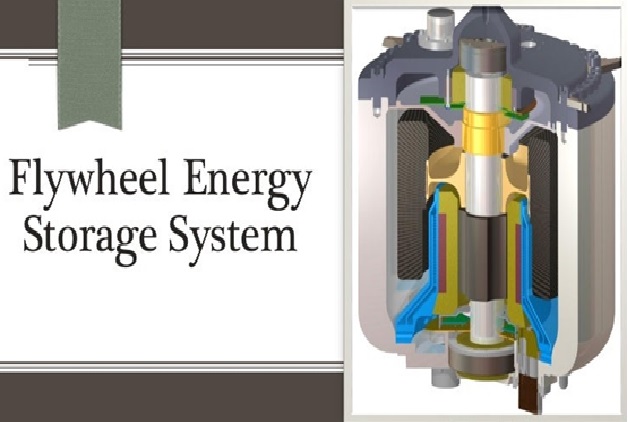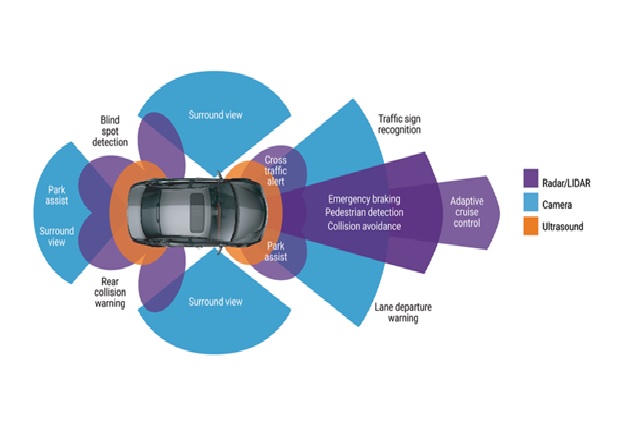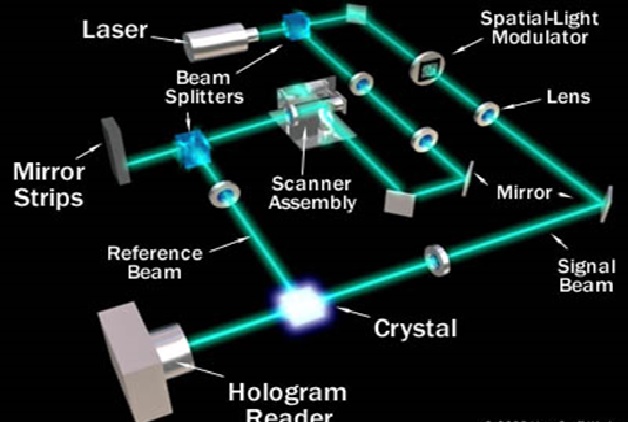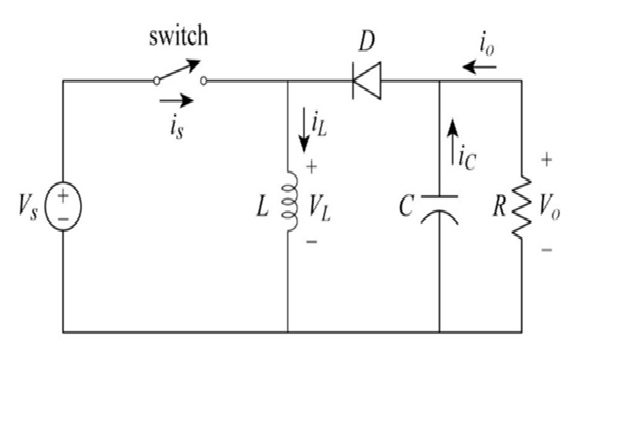Advantages of Flywheel Energy Storage System (FESS)
Flywheel energy storage systems (FESS) use electric energy input which is stored in the form of kinetic energy. Kinetic energy can be described as “energy of motion,” in this case the motion of a spinning mass, called a rotor. The rotor spins in a nearly frictionless enclosure. When short-term backup power is required because utility power fluctuates or is lost, the inertia allows the rotor to continue spinning and the resulting kinetic energy is converted to electricity. To maintain efficiency, the flywheel system is operated in a vacuum to reduce drag. [1]

Figure 1. Advantages of Flywheel Energy Storage System (FESS)
Figure 1 shows the FESS structure is described in detail, along with its major components and their different types. Further, its characteristics that help in improving the electrical network are explained. The applications of the FESS have also been illustrated through their economically available prototypes. [3]
Advantages of the FESS
- High power density
- High energy density
- The life time of the flywheel is almost independent of the depth of the charge and discharge cycle
- No periodic maintenance is required, easily and inexpensively maintained
- Short recharge time
- Flywheel systems are not sensitive to temperature since they are operating in a vacuum containment
- Unlike conventional coal and gas generators, which have an efficiency ratio of 35-40%, the flywheel operates at upwards of 85-90% efficiently.
- Flywheels are highly reliable, safe, long life, energy efficient and non-polluting
- The increasing focus and intermittent nature of renewable sources increases the demand for energy storage, such as flywheels
- The power output from solar photovoltaic (PV) depends on the strength of sun rays, which vary according to the time of the day and the amount of cloud cover. Managing this variability can be overcome by the use of flywheel technology, which can stabilize frequency and voltage based on requirement.
- Much higher charging and discharging rate
- Able to cyclic discharge to zero energy without degrading
- High power output
- Large energy storage capacity
- Less overall cost
- Power compensation is very effective
- The system cost can be kept minimum by optimum use of small capacity flywheel energy storage system.
- Technavio expects the flywheel energy storage market to grow at a CAGR of almost 20% during the forecast period. The two major factors impacting the growth of the market are intensive industrial development and growing populations. Both these factors have significantly increased the global demand for power. In developing nations, the demand-supply gap of energy frequently leads to power shortages, leading to greater demand for power backups.[2]
References:
- https://energystorage.org/why-energy-storage/technologies/flywheel-energy-storage-systems-fess/
- https://www.ewindfly.net/fessadvantages.html
- https://onlinelibrary.wiley.com/doi/full/10.1002/2050-7038.13024
Cite this article:
Thanusri swetha J (2021), Advantages of Flywheel Energy Storage System (FESS), Anatechmaz, pp. 36















